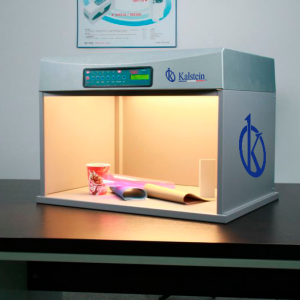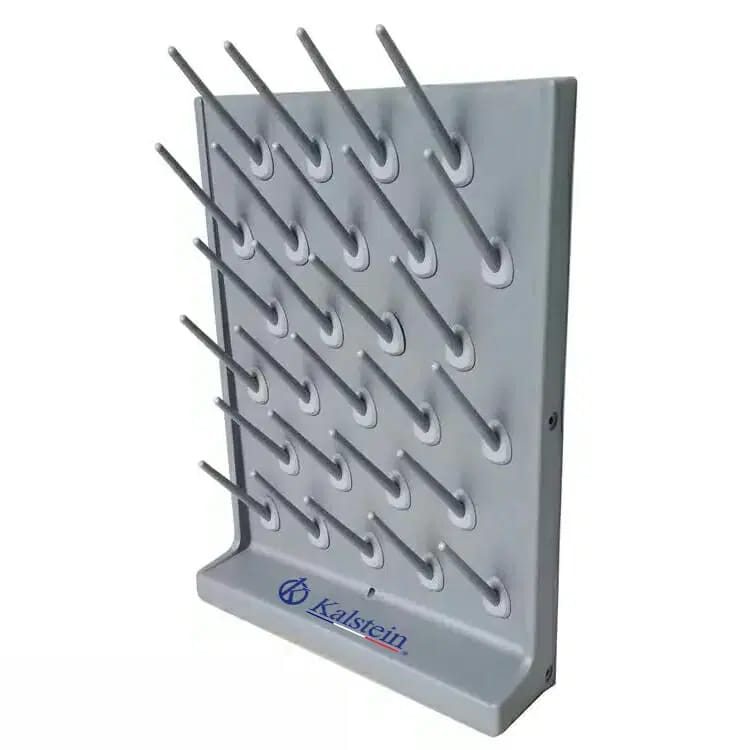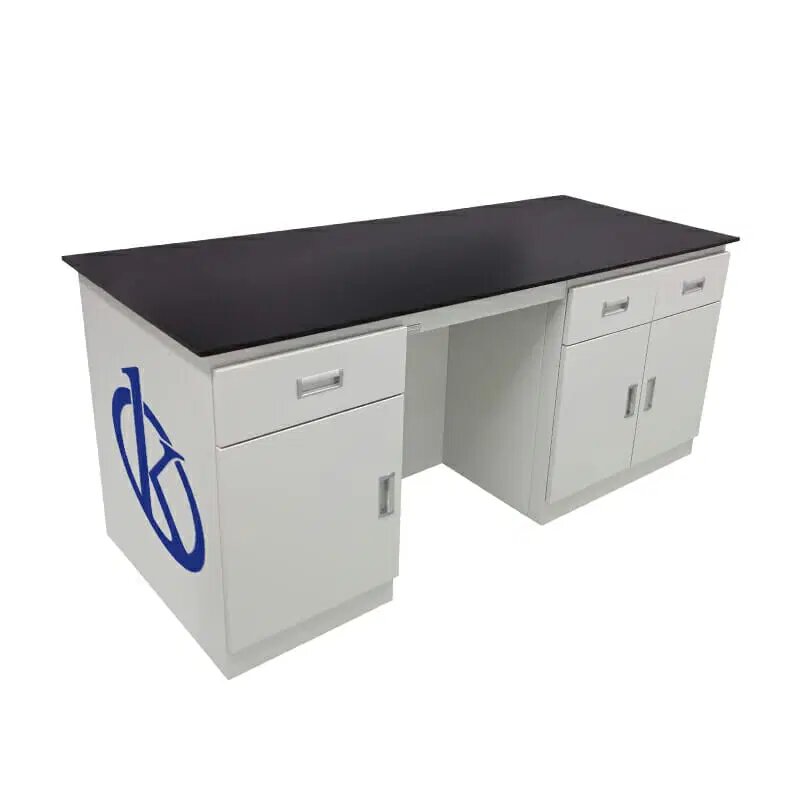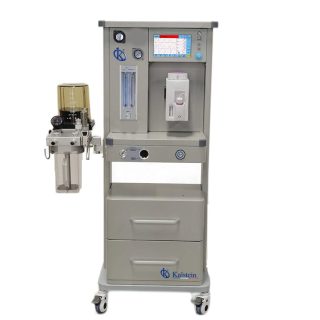Color evaluation boxes are LED lighting units, manufactured to check color consistency and quality. It is also used to visualize quality in textile tests, where there is a need from different sources of radiant energy. In this way it can be evaluated by comparing the color consistency between the products, for example, there can be the difference between the light sources used in its manufacture, and the light source applied by the customer.
In this sense, the safest way to check the good color is through the same light source offered by the evaluation boxes, where the practice is applied by artificial light type D65 as a standard light source for the control of color goods.
It should be noted that such units are available on the market as daylight booths, representing the display of the product under daylight, so that manufacturers want to make available products of the same color to avoid metamerism and produce high quality products.
Importance of Color Evaluation Boxes
Firstly, color evaluation boxes are necessary equipment used by many manufacturers in different sectors to check the quality control of finished products and to develop new products. Furthermore, these modules are used to manufacture products with identical colors in the textile sector with great precision, guaranteeing the manufacturer the perfect appreciation of the final product, allowing differentiation under different lighting conditions.
In this sense, the typical light source types used by the assessment booth, including artificial daylight represented by “D65” with UV component, and domestic light “A” are important so that the manufacturer is aware that such a color assessment box is necessary to demonstrate or make visible the artificial colors in the material.
Integration of Color Evaluation Boxes for the Textile Sector
By integrating color assessment boxes for the textile sector, it allows to demonstrate better color perception when fabrics are being made, as it shows perfect lighting conditions and exact color matching, thus following the quality control protocol.
In another order, in order for the manufacturer to have an adequate result, the latter is responsible for assessing color differences, using international techniques and standards, such as: the DIN EN ISO 3668 standard on Paints and Varnishes for the visual evaluation of the color of paints, or the ISO 3664 standard on Graphic Technology and Photography for Observation Conditions. These rules regulate methods for distinguishing fabric colors in terms of hue, chromaticity, saturation and brightness. All this must be taken into account, because natural light is not constant and the customer can be influenced by the color of the environment.
In this sense, other ways to evaluate the final result is positioning textile samples correctly inside color evaluation boxes. Basically, the aim is to position the sample horizontally so that the illumination is from the top of the equipment and the viewing angle of the observer is from an angle of 45°. In this way and under certain perspectives, it is possible to obtain efficient results.
Kalstein Brand Color Evaluation Boxes
With the use of Color Evaluation Boxes, belonging to the YR series. These equipments are made to measure meeting the requirements of each client, and at Kalstein as manufacturers of the best color evaluation systems, we are able to demonstrate and simulate the lighting conditions so that the objects have the right color. This is why our boxes meet or exceed international standards for visual color evaluation, including: ASTM D1729, ISO3664, DIN, ANSI and BSI. They comply with the Energy Consumption and High Light Performance Act and are equipped with complete sets of UK and US standard light sources.
To learn more about our product, visit HERE




